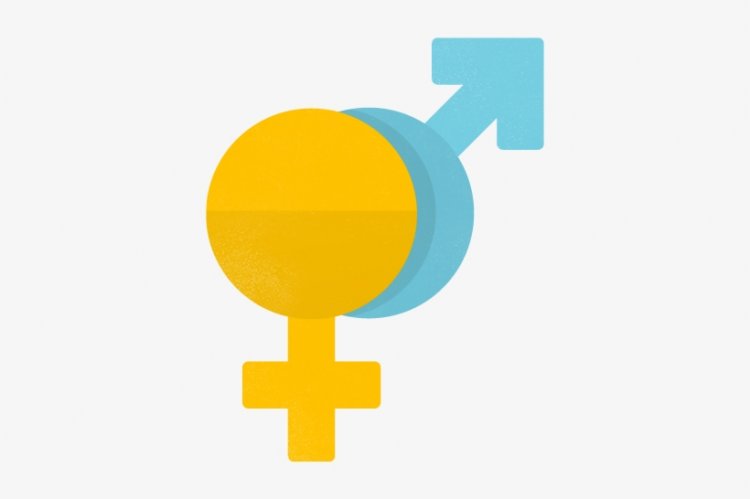Reproductive Health and Biology Profile
The department conducts both basic and applied research aspects of reproductive health including reproductive biology, anatomy and physiology, immunology, pathology and fertility mechanisms.

In 1975 under the directorship of Dr Jim Else interest was generated in the development of a primate research centre for biomedical research in the country and funding was acquired from the National Institutes of Health (NIH) through the regional primate research centres in the USA (first through Oregon and later Yerkes) and from the World Health Organizations (WHO) Special Programme in Human Reproduction. A proposal by the then Director IPR, Dr Jim Else to World Health Organization (WHO) in 1980, to breed 500 monkeys for biomedical research, was approved, leading to the Government of Kenya allocating land in Oloolua forest in Feb 1981 for this purpose. In April 1983, IPR moved from Tigoni to Oloolua forest and WHO hired consultants for expanding the monkey colony and undertaking research in human reproduction.
The department conducts both basic and applied research aspects of reproductive health including reproductive biology, anatomy and physiology, immunology, pathology and fertility mechanisms.
These are aimed at understanding both human and non-human reproductive functions and enhancing primate conservation. The research efforts have led to the development of non-human primate models, particularly the baboon, to study specific aspects of reproductive health including contraception, in vitro fertilization, semenology, sexually transmitted infections such as herpes simplex virus that causes cervical cancer. This is as a result of our establishment that phylogenetically, the baboon is closer to humans and therefore a suitable model for testing the safety, efficacy and mechanism of action of contraceptives and new drugs for reproductive diseases and disorders.
What's Your Reaction?















